Chicago, IL 60601
FREE CONSULTATIONS 312-462-4200
TOLL FREE 833-462-4200
Recent Blog Posts
What Do You Need to Prove Medical Malpractice in a Birth Injury Case?
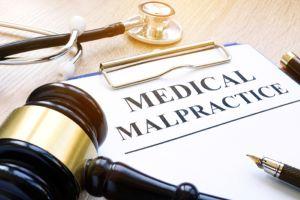 Doctors, nurses, surgeons, pharmacists, and other medical professionals are held to a high standard when it comes to patient care. Something as simple as misinterpreting a laboratory test result or ignoring an elevated fetal heart rate can have disastrous consequences – especially during pregnancy and birth. If you or your baby were harmed by suspected medical negligence, you may be able to take legal action to hold the party who was at fault responsible and recover financial compensation for your damages. However, to bring a successful birth injury claim, you will need compelling evidence.
Doctors, nurses, surgeons, pharmacists, and other medical professionals are held to a high standard when it comes to patient care. Something as simple as misinterpreting a laboratory test result or ignoring an elevated fetal heart rate can have disastrous consequences – especially during pregnancy and birth. If you or your baby were harmed by suspected medical negligence, you may be able to take legal action to hold the party who was at fault responsible and recover financial compensation for your damages. However, to bring a successful birth injury claim, you will need compelling evidence.
Elements of a Birth Injury Case
Doctors and other medical professionals cannot prevent every tragedy. However, they do have a legal obligation to provide competent medical care to their patients.
When a mother or her child are harmed during pregnancy, labor, or delivery by a medical mistake or oversight, a victim or their family members may choose to bring a medical malpractice claim against the liable party. The at-fault party may be an individual medical provider or a medical facility such as a hospital. To be successful, the plaintiff in a birth injury case must prove:
When Can a Baby Contract a Group B Strep Infection During Birth?
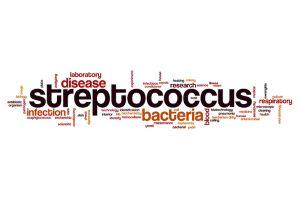 There are many issues that can affect the health and safety of a child during the process of pregnancy, labor, and delivery. Some of the most serious concerns involve infections that may be passed from a mother to a child. Group B streptococcus (GBS) is one of the most common of these infections, and it can lead to serious injuries and health issues for newborns. By understanding the risk factors, the symptoms, and the effects of a GBS infection, parents can make sure they are taking the right steps to protect their child’s health and well-being.
There are many issues that can affect the health and safety of a child during the process of pregnancy, labor, and delivery. Some of the most serious concerns involve infections that may be passed from a mother to a child. Group B streptococcus (GBS) is one of the most common of these infections, and it can lead to serious injuries and health issues for newborns. By understanding the risk factors, the symptoms, and the effects of a GBS infection, parents can make sure they are taking the right steps to protect their child’s health and well-being.
Causes of GBS Infections for Newborns
Streptococcus, or strep, bacteria are often present in human intestines, genitalia, and urinary tracts. Around one out of every four pregnant women have GBS bacteria in their bodies. In some cases, the bacteria may be transmitted to a child during pregnancy, or an infection may lead to chorioamnionitis, which may lead to inflammation of the placenta, restricting the flow of blood and oxygen to the child and potentially leading to issues such as lack of oxygen or cerebral palsy. However, children are most commonly affected by GBS infections during childbirth.
New Study Shows that Horse Therapy is an Effective Treatment for Children With Cerebral Palsy
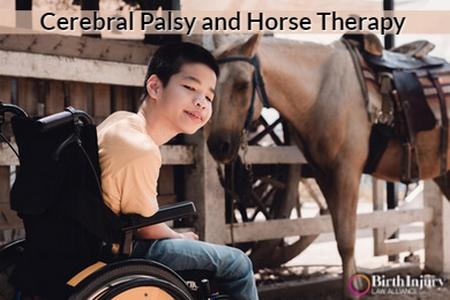
Every parent hopes that their child will grow up healthy and strong. Unfortunately, approximately 2 out of 1000 children suffer from a serious condition called cerebral palsy. The causes of cerebral palsy are not fully understood. Sometimes, the condition is unavoidable. Other times, medical negligence during pregnancy or birth causes the condition.
Cerebral palsy can reduce a child’s ability to walk, talk, eat, and become an independent adult. Fortunately, there are several different treatments available to cerebral palsy sufferers that may reduce symptoms and improve mobility. A recent study has demonstrated that horse therapy, also called hippotherapy or equine therapy, is a viable treatment option for kids with cerebral palsy.
Horse Riding May Improve Motor Function
Traditionally, the treatment for cerebral palsy has included treatment like physical therapy, speech therapy, surgery, and medication. However, many experts are starting to take note of the benefits of horse riding for cerebral palsy sufferers. During hippotherapy, the horse’s natural movements are used to provide sensory and motor input. A recent study conducted by the Gwangju Institute of Science and Technology found that children who rode horses demonstrated improved motor skills and increased muscle tone. When horses walk or trot, they force the rider’s movements to match their own. The improvements exhibited by participants in hippotherapy are thought to be linked to the synchronization of the horse’s movements and the rider’s movements.
Can I Bring a Medical Malpractice Claim After a Stillbirth?
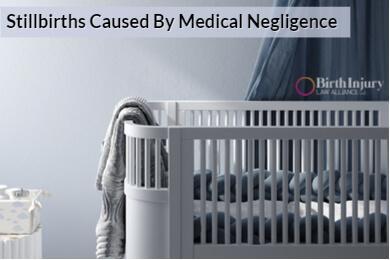
When a woman is pregnant, the last thing she expects is her child’s life to end prematurely. Sadly, approximately 1 in 160 births is a stillbirth. If your baby died during pregnancy, you may be shocked and overwhelmed. You may be asking yourself if there was anything that could have been done to prevent your child’s death. Stillbirths occur for countless reasons. Sometimes, unavoidable genetic abnormalities are to blame for an infant’s death. Problems with the umbilical cord or placenta, infections, and preeclampsia can also cause or contribute to stillbirth.
If substandard medical care causes a stillbirth, the mother or father may pursue a medical malpractice claim against the responsible party. The parents may be entitled to financial compensation for their losses.
Stillbirths Caused by Medical Negligence
Doctors and other medical professionals are expected to meet the medical standard of care when treating patients and their unborn babies. If a medical professional fails to meet this standard and causes a patient’s injury or death, the professional may be liable for damages. Sometimes, the liable party is the hospital or medical facility at which the substandard care occurred.
Is Uterine Rupture Caused by Medical Malpractice?
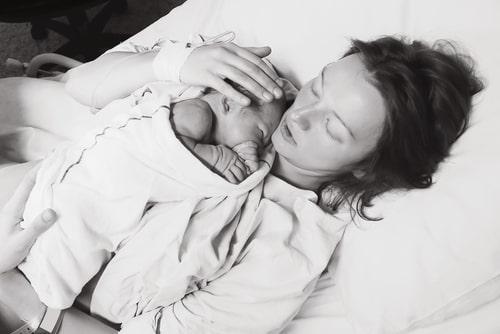 Despite advances in medical technology, women still face the risk of maternal injury. Maternal injuries vary in severity, with some only causing minor harm. However, in some instances, both the mother and the baby can be severely hurt.
Despite advances in medical technology, women still face the risk of maternal injury. Maternal injuries vary in severity, with some only causing minor harm. However, in some instances, both the mother and the baby can be severely hurt.
Uterine rupture is among the most serious maternal injuries. The term describes the tearing of the mother’s uterus during pregnancy or childbirth.
During labor, the mother’s uterus expands as she delivers her baby. After birth, the uterus retracts back to its normal size. However, in some instances, the pressure of the baby strains the uterine walls to the point that they begin to tear or “rupture.”
The consequences can be dire. The mother may experience severe bleeding and excruciating pain. The baby can also be harmed, as the rupture may impact their oxygen levels. In extreme cases, the injury can be fatal for both the mother and the baby. Even if it is not fatal, uterine rupture can cause permanent disability and leave the mother unable to give birth again.
Cytotec and Maternal Injury
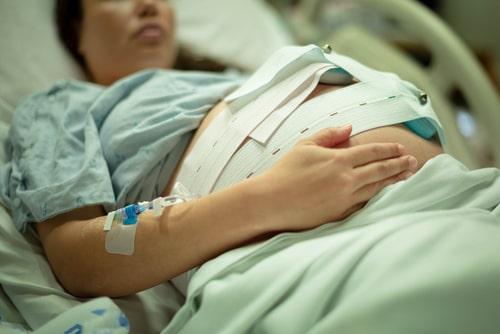 Labor induction, although not the norm, is a fairly common practice. A doctor may decide to induce labor for a variety of different reasons, including to preserve the health of the baby and mother.
Labor induction, although not the norm, is a fairly common practice. A doctor may decide to induce labor for a variety of different reasons, including to preserve the health of the baby and mother.
OB/GYNs have a variety of methods at their disposal to induce labor. Most commonly, doctors will administer a medication that stimulates and softens the uterus (known in the medical community as “ripening”)
Cytotec is one of the most popular uterus-ripening drugs. Although initially developed as a treatment for ulcers, the drug was found to be an effective ripening agent. It is prized for its affordability, efficiency, and ease of use. The drug is also recommended by the American Congress of Obstetricians and Gynecologists as a safe and effective means of inducing labor.
However, despite its popularity, Cytotec is not without risk. The drug has been associated with several serious side effects, with widespread reports of serious maternal injury. In fact, for this reason, the FDA warns against the use of the drug as a labor inducer.
Can I File a Lawsuit for Postpartum Hemorrhaging?
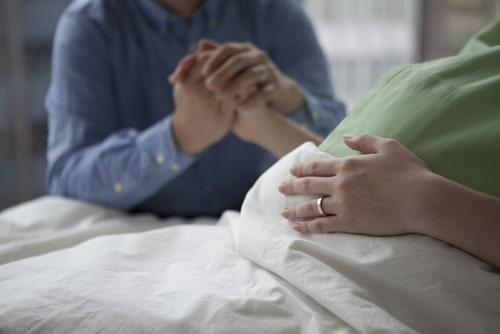 Pregnancy, birth, and the first weeks with her newborn baby are some of the most poignant, cherished moments in a mother’s life. Tragically, some new mothers will never experience them due to maternal injury. Maternal injuries occur prior, during, or immediately after childbirth, often causing significant bodily harm to the mother. Some injuries are treatable, while others can result in permanent disability and even death.
Pregnancy, birth, and the first weeks with her newborn baby are some of the most poignant, cherished moments in a mother’s life. Tragically, some new mothers will never experience them due to maternal injury. Maternal injuries occur prior, during, or immediately after childbirth, often causing significant bodily harm to the mother. Some injuries are treatable, while others can result in permanent disability and even death.
Maternal injuries may be the result of infections, obscure disorders, and surgical mistakes, but one of the most common causes is excessive bleeding. Every single year mothers suffer injury and death because of blood loss, known as postpartum hemorrhaging, during and after labor. In fact, it is estimated that nearly 5 in 100 mothers will experience excessive bleeding.
Causes of Postpartum Hemorrhaging
Postpartum hemorrhaging has many different causes. In most cases, it is related to an issue with the placenta. After birth, the placenta must detach and pass through the birth canal along with the afterbirth. If the placenta fails to detach properly, severe bleeding could result.
Medical Errors Commonly Associated with Cerebral Palsy Diagnosis
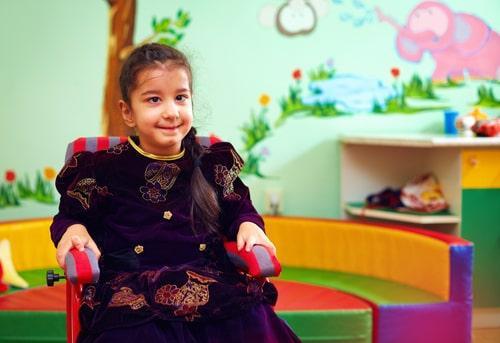 One of the most wonderful moments in a family’s life is welcoming the birth of a new baby. After nine months of waiting and planning, that perfect bundle of joy has finally arrived. Unfortunately, not all labor and deliveries go smoothly. Situations occur and if the doctor and medical staff involved in the delivery are negligent or careless, the result can be tragic. Too often, these failures by medical personnel cause serious birth injuries to the baby, such as cerebral palsy (CP), and the life the family was planning is forever changed.
One of the most wonderful moments in a family’s life is welcoming the birth of a new baby. After nine months of waiting and planning, that perfect bundle of joy has finally arrived. Unfortunately, not all labor and deliveries go smoothly. Situations occur and if the doctor and medical staff involved in the delivery are negligent or careless, the result can be tragic. Too often, these failures by medical personnel cause serious birth injuries to the baby, such as cerebral palsy (CP), and the life the family was planning is forever changed.
Medical Errors That May Lead to Cerebral Palsy
What type of mistakes do obstetricians and hospital staff make that can cause such severe injury to an otherwise healthy infant? Some of the most common include:
-
Failure to recognize the infant is in distress and delaying delivery by Caesarean section – also referred to as a C-section
-
Failure of the medical facility to detect and diagnose an infection in either the infant or the mother
What Are the Risks of Inducing Labor for the Mother and Child?
 Giving birth to a child can be a complicated process, and it is often necessary to make difficult decisions in order to protect the health of both the mother and the child. One such decision is whether to induce labor. Labor induction is a common practice, and it is sometimes the best option for ensuring a safe birth. However, it does have certain risks, and it could lead to serious birth injuries or maternal injuries. If you or your child is injured after your doctor induces labor, it is important to understand your options.
Giving birth to a child can be a complicated process, and it is often necessary to make difficult decisions in order to protect the health of both the mother and the child. One such decision is whether to induce labor. Labor induction is a common practice, and it is sometimes the best option for ensuring a safe birth. However, it does have certain risks, and it could lead to serious birth injuries or maternal injuries. If you or your child is injured after your doctor induces labor, it is important to understand your options.
When and How Do Doctors Induce Labor?
A doctor may decide that it is necessary to induce labor when there are complications with the labor proceeding naturally. This may be the case when weeks have passed since the due date and the mother has not gone into labor, or when the mother’s water has broken but labor has not started. Labor induction may also be a good option when the mother has certain medical conditions, such as obesity, preeclampsia, gestational diabetes, placental abruption, or an infection of the uterus.
New Study Examines Benefits of Hand Therapy for Children With CP
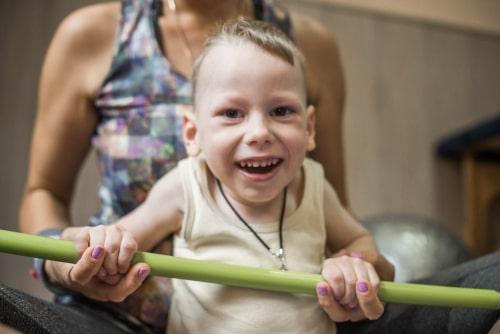 Though a diagnosis of cerebral palsy (CP) can be troubling, many children with CP are still able to enjoy a high quality of life. There are many treatments available that can help people manage the effects of CP and improve their mental and physical abilities, and research into new treatments is ongoing. Recently, researchers from Columbia University, Cornell University, and the Burke Neurological Institute have published the results of a study looking at the benefits of a treatment method known as intensive hand therapy.
Though a diagnosis of cerebral palsy (CP) can be troubling, many children with CP are still able to enjoy a high quality of life. There are many treatments available that can help people manage the effects of CP and improve their mental and physical abilities, and research into new treatments is ongoing. Recently, researchers from Columbia University, Cornell University, and the Burke Neurological Institute have published the results of a study looking at the benefits of a treatment method known as intensive hand therapy.
The Effects of Cerebral Palsy on Motor Skills
Cerebral palsy is a condition that is often caused by brain damage during the process of childbirth, and it can affect muscle tone, control, and coordination throughout the body. Depending on the type of CP that a person has, the condition may affect their arms, legs, or both. Some children with CP are unable to walk, while others primarily experience impairments to their fine motor control.





